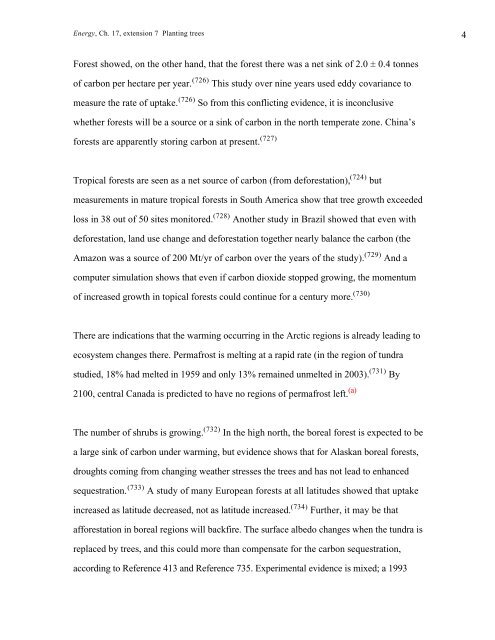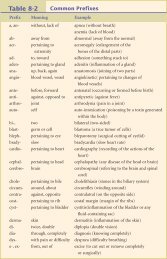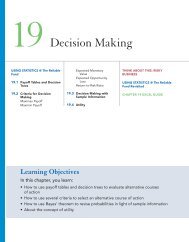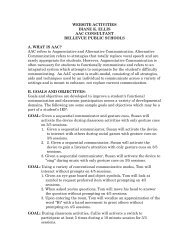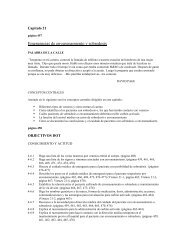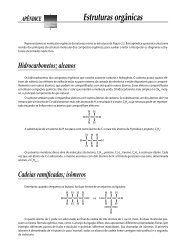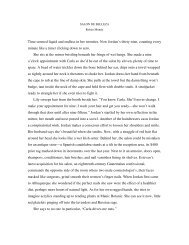Extension 17.7: Planting Trees
Extension 17.7: Planting Trees
Extension 17.7: Planting Trees
You also want an ePaper? Increase the reach of your titles
YUMPU automatically turns print PDFs into web optimized ePapers that Google loves.
Energy, Ch. 17, extension 7 <strong>Planting</strong> trees 4<br />
Forest showed, on the other hand, that the forest there was a net sink of 2.0 ± 0.4 tonnes<br />
of carbon per hectare per year. (726) This study over nine years used eddy covariance to<br />
measure the rate of uptake. (726) So from this conflicting evidence, it is inconclusive<br />
whether forests will be a source or a sink of carbon in the north temperate zone. China’s<br />
forests are apparently storing carbon at present. (727)<br />
Tropical forests are seen as a net source of carbon (from deforestation), (724) but<br />
measurements in mature tropical forests in South America show that tree growth exceeded<br />
loss in 38 out of 50 sites monitored. (728) Another study in Brazil showed that even with<br />
deforestation, land use change and deforestation together nearly balance the carbon (the<br />
Amazon was a source of 200 Mt/yr of carbon over the years of the study). (729) And a<br />
computer simulation shows that even if carbon dioxide stopped growing, the momentum<br />
of increased growth in topical forests could continue for a century more. (730)<br />
There are indications that the warming occurring in the Arctic regions is already leading to<br />
ecosystem changes there. Permafrost is melting at a rapid rate (in the region of tundra<br />
studied, 18% had melted in 1959 and only 13% remained unmelted in 2003). (731) By<br />
2100, central Canada is predicted to have no regions of permafrost left. (a)<br />
The number of shrubs is growing. (732) In the high north, the boreal forest is expected to be<br />
a large sink of carbon under warming, but evidence shows that for Alaskan boreal forests,<br />
droughts coming from changing weather stresses the trees and has not lead to enhanced<br />
sequestration. (733) A study of many European forests at all latitudes showed that uptake<br />
increased as latitude decreased, not as latitude increased. (734) Further, it may be that<br />
afforestation in boreal regions will backfire. The surface albedo changes when the tundra is<br />
replaced by trees, and this could more than compensate for the carbon sequestration,<br />
according to Reference 413 and Reference 735. Experimental evidence is mixed; a 1993


